- Home
- TV History
- Network Studios History
- Cameras
- Archives
- Viewseum
- About / Comments
Skip to content


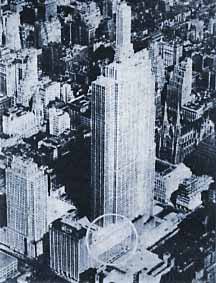

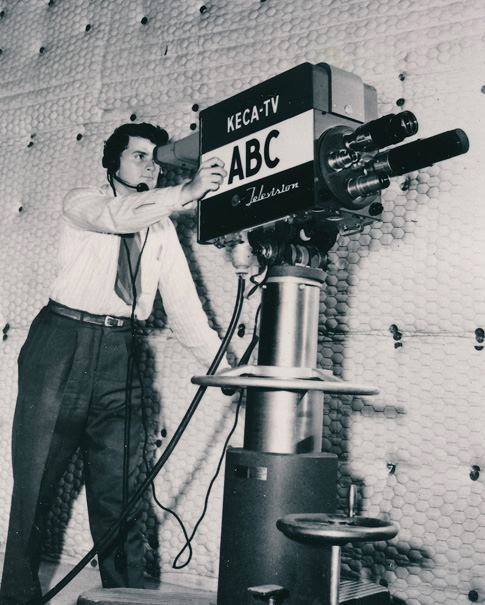

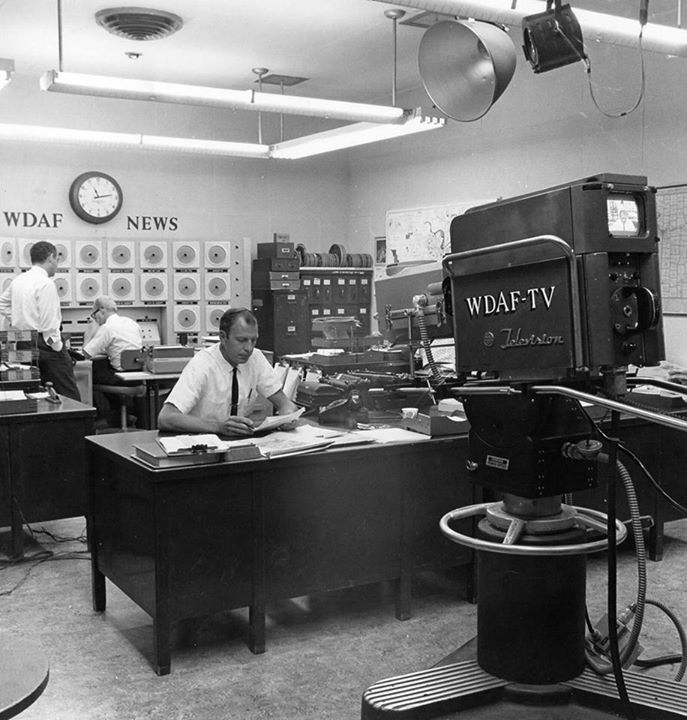

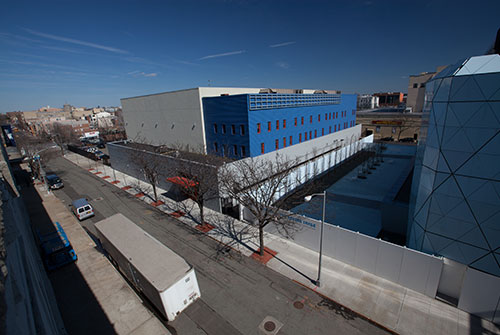

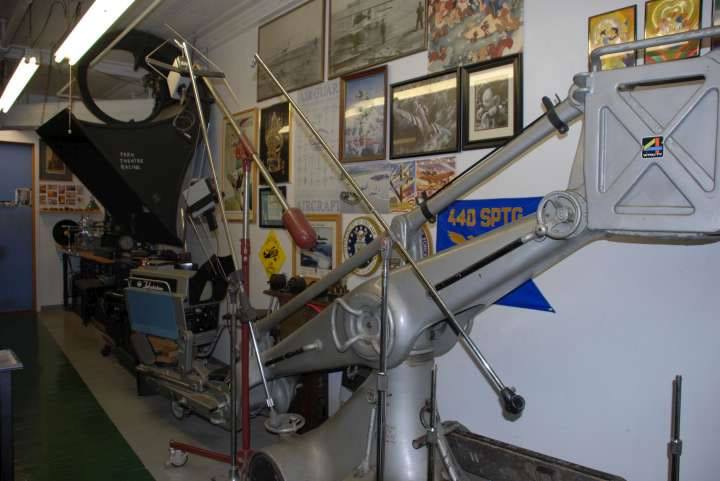

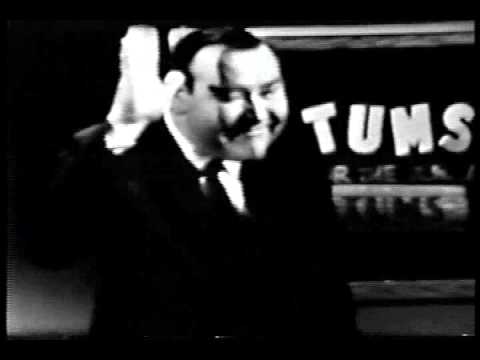

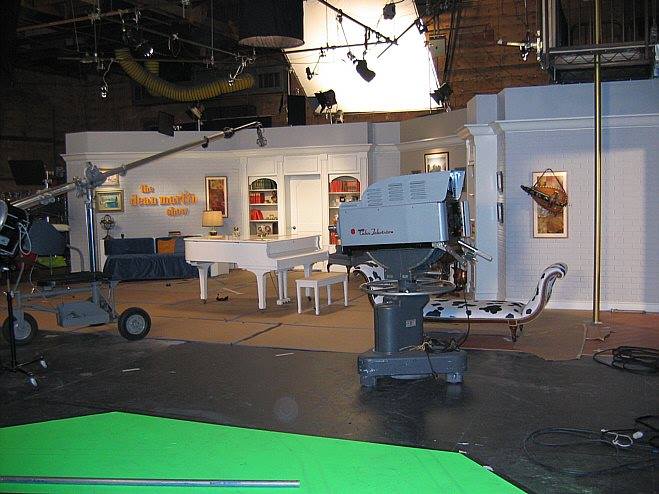

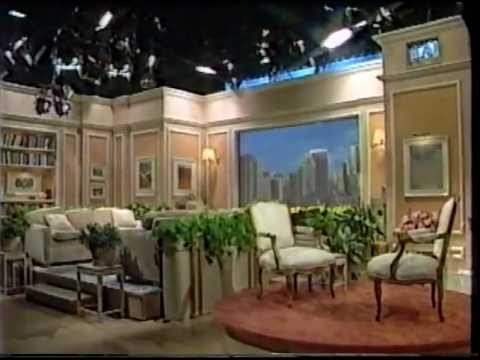

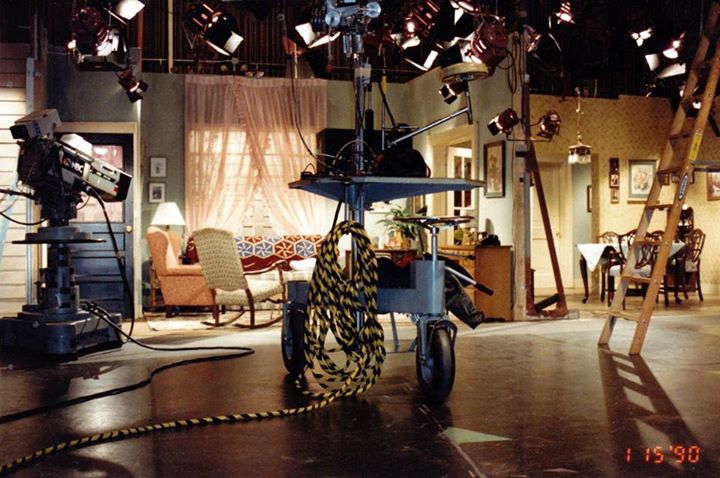

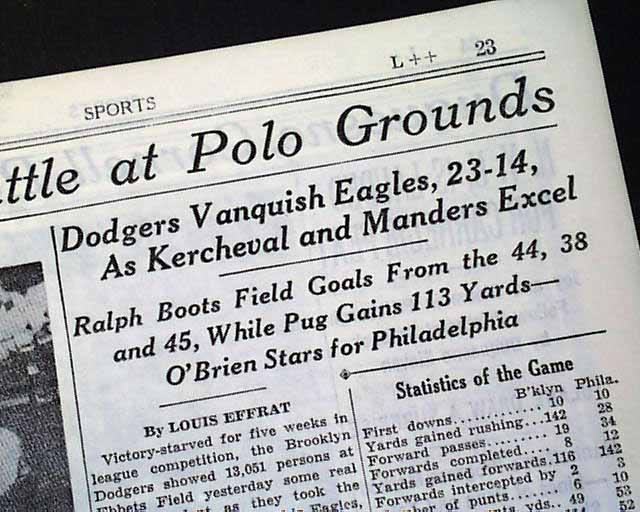

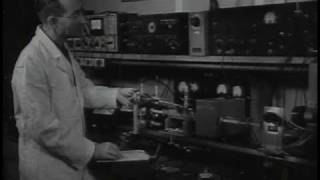

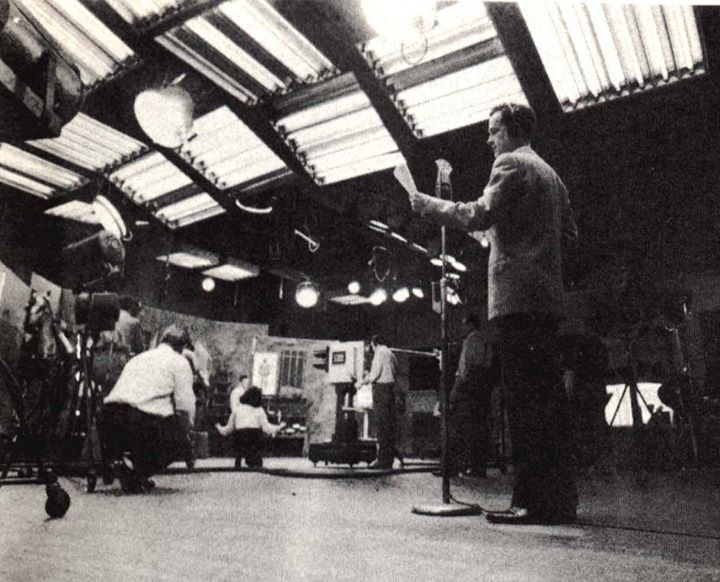







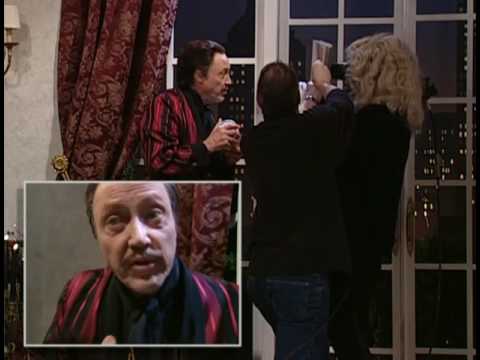

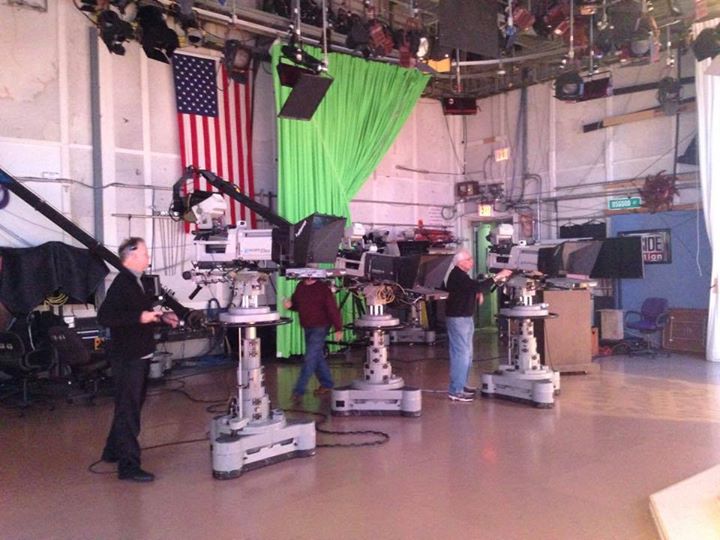



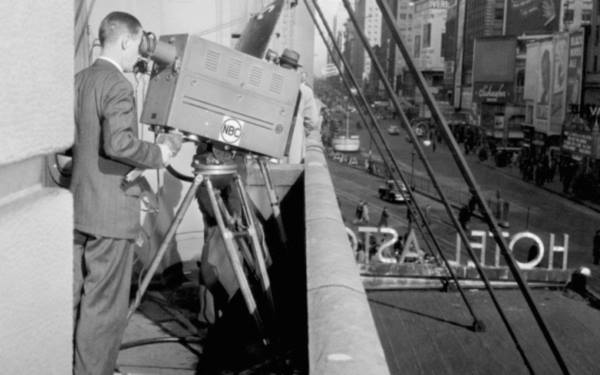

Posts in Category: TV History
Page 53 of 136
« Previous
1
2
3
4
5
6
7
8
9
10
11
12
13
14
15
16
17
18
19
20
21
22
23
24
25
26
27
28
29
30
31
32
33
34
35
36
37
38
39
40
41
42
43
44
45
46
47
48
49
50
51
52
53
54
55
56
57
58
59
60
61
62
63
64
65
66
67
68
69
70
71
72
73
74
75
76
77
78
79
80
81
82
83
84
85
86
87
88
89
90
91
92
93
94
95
96
97
98
99
100
101
102
103
104
105
106
107
108
109
110
111
112
113
114
115
116
117
118
119
120
121
122
123
124
125
126
127
128
129
130
131
132
133
134
135
136
Next » Follow Up…NBC 3rd Floor, Original 1933 Floor Plan
On October 24, 2014
- TV History
Follow Up…NBC 3rd Floor, Original 1933 Floor Plan
I thought some of the detail I laid out in today’s first post could use some graphics support, so here is the 1933 floorplan with the studios marked.
As you look at this, here are a few thing to keep in mind…MSNBC’s main daytime studio is now in the 3A area and has expanded into the Music Library area to the left of the main studio. The ‘NBC Nightly News’ with Brian Williams is now in 3B.
In 1935, 3H became television’s first fully electronic studio and was the home of many television firsts. In 1955, it was merged with 3F to become Studio 3K which was NBC’s first inhouse color studio. Today, 3K is used by MSNBC’s evening shows, like Rachel Maddow. Enjoy and share! -Bobby Ellerbee
A Rare Sight And Some Detailed New Studio History…NBC, 30 Rock
On October 24, 2014
- TV History
A Rare Sight And Some Detailed New Studio History…NBC, 30 Rock
This is a rare aerial view of The RCA Building and circled, the 11 story NBC Studio wing on West 49th Street at 6th Avenue. Notice the bottom of the circle touches a building across the street…that is The Center Theater, or was until it was torn down in 1954. It was replaced by a 19 story office building which was home to US Rubber. That’s why you can’t see this view anymore.
In the bottom left corner, just behind 30 Rock is West 50th Street and Radio City Music Hall is located there on the corner of 6th Avenue. Radio City seats 6,000 and the Center, it’s smaller sister seated 3,000. NBC used The Center as a television studio from 1950 till 1954.
When RCA/NBC moved here from 711 5th Avenue in November of 1933, less than half the studios were functioning. Of the thirty-five studios in the Radio City plans, sixteen were functioning by the opening night. The remaining nineteen came on line at later dates. The studios range in size from intimate speakers’ chambers of small dimensions to a huge auditorium measuring 78 by 132 feet and three stories in height. We now know this as Studio 8H, but then it was called “The Auditorium Studio”.
The second largest studio (8G) was to be used for dramatic programs. It is two stories in height and measures 50 by 89 feet. The stage utilized a “glass-curtain” similar to the one introduced in the NBC Times Square studios atop the New Amsterdam Theatre Building. When the curtain is lowered, studio visitors hear the program over amplifiers while viewing the actors through the huge glass window.
Eight additional studios on the third floor are two stories in height. Two have floor measurements of 50 by 80 feet (3A and 3B), two 25 by 40 feet (3C and D), and four 30 by 50 feet (3 E, F, G and H). Side galleries were provided for guests to view the programs through glass windows. Special galleries of smaller sizes were provided for clients who wish to view broadcasts, auditions or rehearsals.
In 1933, what was then the world’s largest air conditioning plant was built on the 10th floor. Each studio was sound proofed and their floors “floated” on felt cushions. Enjoy and share! -Bobby Ellerbee
The Start Of The ABC Television Network…A Short Primer
On October 23, 2014
- TV History
The Start Of The ABC Television Network…A Short Primer
Since a lot of us are a bit rusty on ABC’s television roots, here’s a thumbnail sketch. By the way, the photo is of Bob King…the first cameraman hired at ABC Hollywood.
On April 19, 1948, the ABC Television Network began its broadcasts on its first primary affiliate, WFIL-TV in Philadelphia. In August 1948, the network’s flagship owned-and-operated station, WJZ-TV in New York City, began its broadcasts. That first NYC broadcast ran for two hours in the evening of August 10, 1948. ABC’s other owned-and-operated stations launched over the course of the next 13 months.
WENR-TV in Chicago launched on September 17, 1948, while WXYZ-TV in Detroit went on the air October 9, 1948. KGO-TV in San Francisco went on the air May 5, 1949.
On May 7, 1949, Billboard revealed that ABC would spend $2.5 million to convert the old Vitagraph/Warner East Annex in Hollywood into The Prospect Studios, and construct a transmitter on Mount Wilson in anticipation of the launch of KECA-TV, which went on the air on September 16, 1949. The rest as they say, is history. Enjoy and share! -Bobby Ellerbee
The First Camera Robotics
On October 23, 2014
- TV History
This is the start of the remote/robotic studio camera. We can all “thank” Evershed Power Optics in the UK for this “brilliant” idea. As the story goes, BBC management let it be known that they were trying to cut staffing costs and low and behold, EPO stepped up to the plate. These photos are from 1963 and show on the left, the power head and zoom only. On the right is the full magilla which includes a remotely operated pedestal as well. The lens was made by Angenieux and I think this system could pan, tilt and zoom, but with the electronic pedestal, could crab and truck. I don’t know how many of these were sold in the US, but I don’t think there were many as these are the only two photos I have ever seen of these early units. Thanks to our friend Dicky Howett in the UK for the WDAF photo.


Stages & Offices | Kaufman Astoria Studios
On October 23, 2014
- TV History
The Kaufman Astoria Studio Stages…You Won’t Believe How Big They Are!
Until I took a good look at this, I didn’t realize how huge Kaufman Astoria was. Until you look, you won’t either! Be sure and click on each of the stage listings for the full effect. The Porsche in the middle of Stage G looks like a Hot Wheels toy in that 26,000 square foot room. Thanks to Dennis Degan for sharing this. Enjoy and share! -Bobby Ellerbee
http://www.kaufmanastoria.com/stages/
Stages & Offices | Kaufman Astoria Studios
Stages & Offices At the core of Kaufman Astoria are seven column-free stages including a mammoth 26,000 square foot stage – the largest east of Hollywood. Our newest addition is Stage K with over 18, 000 square feet. In addition, there are two stages over 12,000 square feet each, and smaller stages…
Last Houston Fearless 30B Crane In The US In Atlanta!
On October 23, 2014
- TV History
UPDATE TO STORY March 2021
For years, I had wondered if any of these fantastic stage cranes were left. The only one I knew of was in The UK, but just last week, someone sent me this photo of a 30B in Milwaukee.
That I know of, this is the only one left in the US and it’s on display at Robert Paquett’s Microphone Museum…along with a mind blowing collection of very rare antique equipment from radio and television. This crane once belonged to WTMJ in Milwaukee, but before that, it had belonged to a Hollywood film studio.
Just last year, my friend who owns Atlanta’s biggest movie prop house managed to buy this great 30B crane and not has it at his HQ. Take a look at some of his great camera collection!
October 23, 1956…Videotape Makes Its Network Debut On NBC
On October 23, 2014
- TV History
October 23, 1956…Videotape Makes Its Network Debut On NBC
58 years ago today, a two and a half minute video taped song from ‘Your Hit Parade’ star Dorothy Collins was inserted into ‘The Jonathan Winters Show’. NBC engineers in New York wanted to see if the viewing public could tell the difference from the live portion of the show. When no one noticed the transition, the age of video tape was born.
Details are a bit murky here, but I think this was all black and white and remember, this is only six months after Ampex introduced videotape at the 1956 NAB in April. Part of the confusion comes from the fact that Winters himself tells us that his 15 minute show was the first regular color series on television, but I think that may have happened in 1957. The first color videotaped specials were from ’57 as well and I think it took a year for RCA who had a color recording technology to work out the share with Ampex who had the quad head technology.
As for what the west coast saw, well…that would have been a kinescope of this show as the first ever tape delayed broadcast was November 30, 1956 at CBS with a broadcast of ‘Douglas Edwards With The News’. Unfortunately, there is no kinescope or tape of this historic event and all that’s available from Jonathan’s 1956 show is this :30 second intro. Enjoy and share! -Bobby Ellerbee
https://www.youtube.com/watch?v=m2nkN9HklrY
His first of two variety series. This one sponsored by TUMS. In the late 60s he tried again on CBS.
Sightseeing #3…The Dean Martin Show? Close, But No Cigar!
On October 22, 2014
- TV History
Sightseeing #3…The Dean Martin Show? Close, But No Cigar!
Thanks to Chuck Pharis, here is a photo of the recreated Dean Martin set, which I think was used on one of those half hour pitches for Martin CD collections.
Although the set is fake, the RCA TK41 is very real and rare too! It belongs to our friend Jim Elyea at History For Hire in Los Angeles and is one of three TK41s he owns. What makes them rare is that these TK41s came from CBS Television City. As we all know, CBS only owned six or eight TK40 and 41s and this is one of them.
https://eyesofageneration.com/39456/
If you have never seen my article on History For Hire, click the link and be ready to be amazed! Enjoy and Share! -Bobby Ellerbee


Sightseeing #2…’Today’ Show, Set Tours And Ikegami HK322s
On October 22, 2014
- TV History
Sightseeing #2…’Today’ Show, Set Tours And Ikegami HK322s
It’s not often that we get to see the Ikegami cameras at NBC, or a complete new set change on a major show, but in this video we get both. We start with the Friday, September 7, 1990 sign off from Studio 8H and the old set. During the SNL summer break, ‘Today’ moved there so that Studio 3B could be updated and the new set built. The second part is the intro of the new set in 3B with a few nice shots of the Ikis there.
I don’t think NBC stayed with the Ikegamis very long…maybe four years? Anyone know? I think they may have left the RCA TK47s around 1989 and by ’93 or ’94 had switched to Sony. Enjoy and share! -Bobby Ellerbee
Sightseeing #1…’Another World’, NBC Brooklyn 1990
On October 22, 2014
- TV History
Sightseeing #1…’Another World’, NBC Brooklyn 1990
Thanks to Anthony Torre, here’s a something we don’t often see…NBC’s Ikegami cameras. This was at the Brooklyn Studios and I think that’s an HK 322, but I’m not positive. With this in mind, up next is a 1990 trip to ‘Today’ and a look at their Ikegamis. Enjoy and share! -Bobby Ellerbee
October 22, 1939…The First Ever Pro Football Telecast
On October 22, 2014
- TV History
October 22, 1939…The First Ever Pro Football Telecast
75 years ago today, the relationship between professional football and television began when The National Broadcasting Company earned a spot in history by televising a pro football game. Only 22 days before, NBC had televised the first ever college game on September 30th.
A crowd of 13,050 were on hand at Brooklyn’s Ebbets Field on that now-historic day when the Philadelphia Eagles fell to Brooklyn’s Dodgers 23-14. Yes, there was a Brooklyn Dodgers football team, from 1930 to 1943.
The game included play by three future Hall of Famers…quarterback Ace Parker and tackle Bruiser Kinard for the Dodgers and end Bill Hewitt for the Eagles.
Five hundred-or-so fortunate New Yorkers who owned television sets witnessed the game in the comfort of their own homes, over NBC’s experimental station W2XBS. Many others saw the telecast on monitors while visiting the RCA Pavilion at the World’s Fair in New York where it was scheduled as a special event.
According to Allen “Skip” Walz, the NBC play-by-play announcer, only eight people were needed for the telecast. Walz had none of the visual aids…monitors, screens or spotters used today, and there were just two iconoscope cameras. One was located in the box seats on the 40-yard line and the other was in the stadium’s mezzanine section. (The photo of Waltz below was taken a few years later with an RCA Orthicon camera behind him).
“I’d sit with my chin on the rail in the mezzanine, and the camera was over my shoulder,” remembered Walz. “I did my own spotting, and when the play moved up and down the field, on punts or kickoffs, I’d point to tell the cameraman what I’d be talking about.”
The television log records of that day say that the game began at 2:30 p.m. and ran for exactly two hours, thirty-three minutes. By comparison today’s games run almost three full hours. Of course there were no commercial interruptions during the 1939 game. There were, however, interruptions of another sort.
“It was a cloudy day, when the sun crept behind the stadium there wasn’t always enough light for the cameras,” according to Walz. “The picture would get darker and darker, and eventually it would go completely blank, and I would begin to call the game in the style I used for radio broadcasts.”
Enjoy and Share! -Bobby Ellerbee


Television In The Army…1953 ‘The Big Picture’ Special
On October 22, 2014
- TV History, Viewseum
Television In The Army…1953 ‘The Big Picture’ Special
This is about as good a look at RCA TK 11/31s in action as you will ever get, but we also see Dumont 5098C cameras here. There are some RCA TK30s scattered in and even a small Dage portable and RCA’s Walky Looky. There’s a lot of camera footage here, but you’ll have to skip around some.
The first 10 minutes of this is done at the Army’s New York facility and is RCA heavy. Some of the TK30 footage of the war games was shot at West Point.
The second segment takes us to Augusta, Georgia and the Southeast Signal Corps School at Ft. Gordon (where I trained), and this installation was equipped with Dumont equipment, including a kinescope machine which we’ll see.
At around 14 minutes in, we see a small Dage portable and at 21, more of the mobile unit with TK30s. At 22:25 we see the RCA Walky Looky in action. Many of us that grew up in the 50s and 60s remember watching these ‘Big Picture’ presentations on our local stations. Do you remember? Enjoy and share! -Bobby Ellerbee
Inside CBS Studios 41 And 42…Grand Central Terminal, Then And Now
On October 21, 2014
- TV History
Inside CBS Studios 41 And 42…Grand Central Terminal, Then And Now
In November of 1937, CBS was near completion of their first television transmitter on the 72nd and 73rd floors of the Chrysler Building. Across the street in Grand Central Terminal, work was underway on the new CBS television studios.
The studio space was 40 feet high, 230 feet long and 60 feet wide. There, two live production studios were built…41 and 42. Studios 43 and 44 were control rooms, but called studios. All four structures, plus a dressing room and some engineering space was packed into this room.
In the photo with the many fluorescent lights, we see the largest studio, 41. In the next black and white photo, we see Studio 42. I think there was a movable wall between them for huge productions and election night coverage.
Next is a photo of that space stripped and ready to become The Vanderbilt Tennis Club. In the exterior photo, we see circled the area of the building where this space is located. Finally, here’s a shot of the space as it looked a few years ago. I think the tennis courts are gone now and the space is now a lounge for conductors and engineers. Enjoy and Share! -Bobby Ellerbee
What A Night! September 27, 1954…’Caesar’s Hour’ & ‘Tonight’ Debut
On October 21, 2014
- TV History
What A Night! September 27, 1954…’Caesar’s Hour’ & ‘Tonight’ Debut
A week or so back, we touched on this but here’s something new. Thanks to Maureen Carney, here is the ad that ran that day introducing not only ‘Caesar’s Hour’, but the rest of the television line up that Monday night, including the debut of ‘Tonight’ with Steve Allen.
https://www.youtube.com/watch?v=GLGoNg9VzUk
At the link is what is thought to be the first “Commuters” sketch from the new Caesar show that ran that night. This is called “The White Rug” and features Sid Caesar, Nanette Fabray, Carl Reiner, Howard Morris and Janet Blair.
In ‘Your Show Of Shows’, there was a similar set of neighborly sketches called “The Hickenlooper’s” that Sid and Imogene Coca performed with Morris and Reiner. That was so successful, Caesar carried it over but took it from the city setting to the suburbs. Enjoy and share! -Bobby Ellerbee
Follow Up…NBC’s Studio 3H And 5F, Historic Photos
On October 21, 2014
- TV History
Follow Up…NBC’s Studio 3H And 5F, Historic Photos
In the Guided Tour of Studio 3H I just posted, we saw the control room in action, but here is a closeup of the video shading board that was in use in 3H in 1937 and the information on the back of the photo.
A few days back, we also saw NBC’s second ever television installation in another video. That was Studio 5F and here is a shot of the 16 and 35MM projectors in the first ever telecine room. There are two Iconoscope cameras on the other side of the wall these are projecting into. This was built just after work was completed on 3H and probably went into service in early 1936. The photo is accompanied with the information on it’s back. Enjoy and Share! -Bobby Ellerbee
ULTRA RARE! Meet NBC’s FIRST CAMERAMAN…Albert W. Protzman
On October 20, 2014
- TV History
ULTRA RARE! Meet NBC’s FIRST CAMERAMAN…Albert W. Protzman
Late yesterday afternoon, I stumbled across this incredibly rare piece of television history in a happy accident, while researching the locations for the guided tour post just before this. In the coming days, I will share what I learned from Mr. Protzman’s writings, but for now…let’s meet the man.
Beginning his career at AT&T-Bell Laboratories School in 1922, Al Protzman became one of the first and youngest radio broadcast engineers in the country…he was 20 years old and working with the AT&T stations WEAF and WJZ, and later, with the National Broadcasting Company after its founding in 1926.
From 1930 to 1936 Protzman worked in Hollywood as a sound engineer for Fox Film and its successor 20th Century-Fox. Among his screen credits were several “Charlie Chan” films and “The Power and the Glory”, starring Spencer Tracy.
In 1936, NBC was just beginning television program tests and they approached Protzman with a job offer to become their first TV cameraman. He accepted and eventually became one of TV’s earliest Technical Directors. In 1939, Protzman presented a paper, “Television Studio Technique” to the Society of Motion Picture Engineers which described NBC’s TV experiments in great detail and I’ll share that with you soon.
Al Protzman retired in 1966 as Director of Technical Operations for NBC. He died in 1981 in Bronxville, New York, aged 79. Thanks to NBCU Photobank for the image. Enjoy and SHARE! -Bobby Ellerbee


SNL Classic! Behind The Scenes Of “The Continental” Sketches
On October 20, 2014
- TV History
SNL Classic! Behind The Scenes Of “The Continental” Sketches
This past Saturday night, the SNL classic episode that aired at 10 PM was the April 8, 2000 episode with Christopher Walken as host and the big sketch from this show was the “Cowbell” scene with Will Ferrell. But, whenever Walken hosts, he does a recurring character…”The Continental” which is always shot from the woman’s Point Of View by a hand held camera.
Here is “The Continental” sketch from February 22, 2003. This special video shows us what the studio audience is seeing as well as the home audience by way of a box insert from the hand held. I don’t know who the cameraman is, but Wally Feresten is the Q card man. As a matter of fact, Wally’s company does all the Q cards for NBC’s live shows both in New York and in LA.
https://www.youtube.com/watch?v=WNCOFJnpPGs
The Making Of S*N*L’s “The Continental” – enjoy!
Seems Like Only Yesterday…And It Was! CBS Sunday Morning
On October 20, 2014
- TV History
Seems Like Only Yesterday…And It Was! CBS Sunday Morning…
Thanks to Craig Wilson for these shots from yesterday’s show from Studio 45. Notice the three camera shot…Studio 45 is so big it hosts two shows…’CBS Sunday Morning’ and ‘Inside Edition’. Behind the three cameras you see one of the green cyclorama curtains and the ‘Inside Edition’ sign.
During the week, that whole side of Studio 45 is all green, floor and all as Deborah Norville’s show is done with a virtual set. I’ve included a shot I took of that set in May. They use a mannequin to help adjust the chroma for camera tests. Enjoy and share! -Bobby Ellerbee
The First Two RCA Orthicon Cameras…Early Indoor Test, 1940
On October 19, 2014
- TV History
The First Two RCA Orthicon Cameras…Early Indoor Test, 1940
These photos are opaque slides from a homestyle stereoscopic viewer. I think what we are seeing here are the first two RCA Orthicon cameras being tested. Notice there is (1) no focus control anywhere. In earlier posts today, we saw both the panhandle focus and the side mounted focus. (2) There is only a single lens and not the double fixed focal length lenses we see on the Iconoscope camera and later versions of this camera. (3) Notice also that there is no viewfinder on any of these cameras, but if you look closely you can see there is a removable door over that viewing port.
To reinforce my belief that these cameras did not have electronic viewfinders, notice the open door shot. This shows a single row of electronics in the VF area, but behind it is the light proof black box which encloses the ground glass – optical viewer. I think that row of tubes is associated with functions in the camera body below the VF.
As you view that open door shot, look at that huge exhaust port behind it (left bottom) and the single lens on the front (right bottom). In an earlier post, I had identified this first version of the Orthicon camera as the Type 1840…that name is due to the tube number inside which is the 1840, also seen here. Enjoy and share! -Bobby Ellerbee
The RCA Orthicon Camera On Location…1945
On October 19, 2014
- TV History
The RCA Orthicon Camera On Location…1945
While we are on the Orthicon Camera, here are a few interesting pictures of it in use in outside broadcasts. There are two photo here from the 1945 Macy’s Parade…one of the camera shooting down and one taken from the street showing the camera on the balcony of The Astor Hotel.
The photo of the camera with a banner was taken on VE Day in 1945 with the camera again at The Astor. Finally, a rare hand bill handed out on VE day to passers by announcing the televised coverage on WNBT. In the next post, we’ll see a real rarity…these cameras inside. Enjoy and share! -Bobby Ellerbee
Page 53 of 136
« Previous
1
2
3
4
5
6
7
8
9
10
11
12
13
14
15
16
17
18
19
20
21
22
23
24
25
26
27
28
29
30
31
32
33
34
35
36
37
38
39
40
41
42
43
44
45
46
47
48
49
50
51
52
53
54
55
56
57
58
59
60
61
62
63
64
65
66
67
68
69
70
71
72
73
74
75
76
77
78
79
80
81
82
83
84
85
86
87
88
89
90
91
92
93
94
95
96
97
98
99
100
101
102
103
104
105
106
107
108
109
110
111
112
113
114
115
116
117
118
119
120
121
122
123
124
125
126
127
128
129
130
131
132
133
134
135
136
Next »